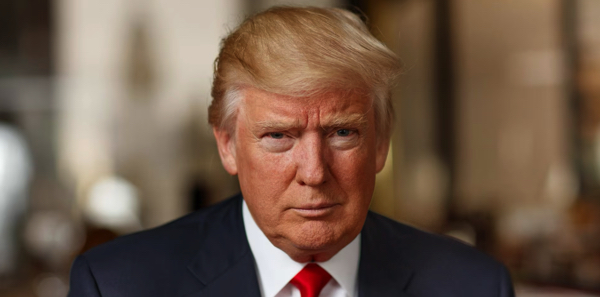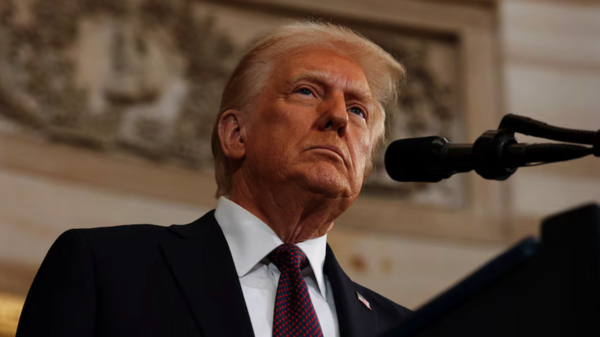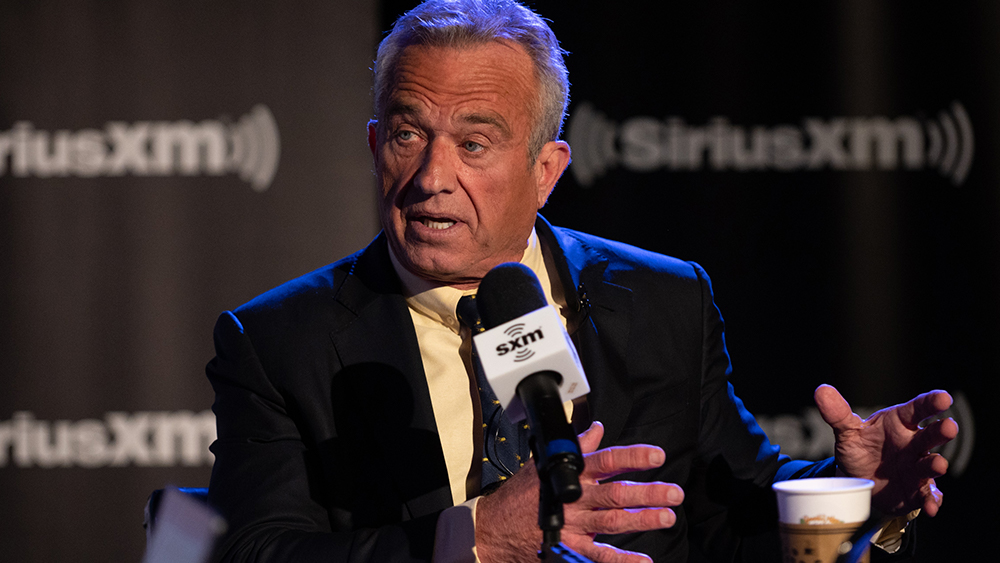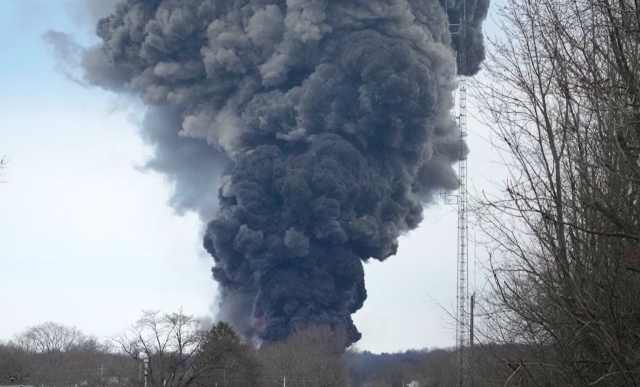Ukraine’s historic drone strikes on Russian nuclear airbases signal a new phase in the war, risking nuclear escalation
06/02/2025 / By Lance D Johnson

The war in Ukraine has entered a dangerous new phase—one that could push the world closer to nuclear catastrophe. In a stunning display of precision and audacity, Ukraine launched a long-range drone assault on two of Russia’s most critical nuclear-capable airbases, leaving Vladimir Putin’s prized warplanes in smoldering ruins. The attack, dubbed Operation Spiderweb, marks a turning point in the conflict, proving that no Russian military installation is safe—not even those thousands of miles from the front lines. As Kremlin propagandists scream for nuclear retaliation, the world must ask: Is Putin desperate enough to escalate this war into an atomic nightmare?
Key points:
- Ukraine executed a meticulously planned drone strike on Russia’s Olenya and Belaya airbases, key hubs for nuclear-capable bombers.
- The attack reportedly destroyed $7 billion in military assets, including Tu-95 and Tu-22M3 strategic bombers.
- Pro-Kremlin analysts are demanding a nuclear response, citing Russia’s doctrine allowing atomic retaliation if critical military infrastructure is hit.
- Ukraine smuggled drones into Russia via unmarked trucks, bypassing security in a humiliating breach of Putin’s defenses.
- The strikes come ahead of peace talks in Istanbul, where Ukraine demands a full ceasefire—while Russia refuses to disclose its terms.
A strike at the heart of Russia’s nuclear might
For decades, Russia’s strategic bombers—like the Tu-95 “Bear”—have been symbols of Moscow’s nuclear dominance, capable of striking NATO territories with devastating force. These aircraft were thought to be untouchable, hidden deep inside Russia’s vast territory. Yet Ukraine, with drones costing as little as £400, has shattered that illusion.
Footage from the attacks shows flames engulfing hangars and aircraft left exposed in the open—a glaring failure of Russian military preparedness. Ukrainian intelligence claims the operation destroyed 34% of Russia’s strategic cruise missile carriers, a blow that could cripple Putin’s long-range strike capabilities.
The nuclear question: Will Putin cross the red line?
Russia’s nuclear doctrine permits atomic retaliation if an attack disrupts its nuclear forces. Pro-war voices inside Russia are already howling for vengeance. Vladislav Pozdnyakov, a Kremlin-linked analyst, declared: “Disabling strategic aircraft gives Russia the right to use nuclear weapons. Let me remind you.”
But would Putin risk global condemnation—or worse, NATO intervention—by launching a tactical nuke? Some analysts believe he may instead escalate conventional strikes, targeting Ukrainian cities or Western supply lines. Others warn that humiliation on this scale could push the Kremlin toward reckless brinkmanship.
Ukraine’s shadow war: Smuggling drones into Russia’s backyard
The most shocking aspect of Operation Spiderweb isn’t just its success—it’s how Ukraine pulled it off. Drones were smuggled into Russia inside unmarked trucks, some reportedly driven by unwitting civilians. Once near the airbases, operators remotely unleashed the swarm, bypassing Russian defenses with chilling ease.While Russia’s policy technically allows atomic retaliation, analysts doubt Putin will risk NATO intervention or global backlash.
More likely responses:
- Conventional Escalation: Attacks on Ukrainian cities or NATO supply lines to regain momentum.
- Political Blame: Internal witch hunts within Russia to divert anger from Putin’s leadership.
- Global Buffer: International brokered negotiations (e.g., Istanbul talks) may attempt to de-escalate tensions, but mistrust persists. Either outcome—global nuclear crisis or Putin’s domestic crisis—carries high stakes.
Further issues complicating resolve:
- Russia’s Uncertainty: Moscow’s refusal to disclose terms suggests either a stalling tactic or lack of coherent strategy. If talks fail, analysts warn of further conventional escalation as Putin seeks to salvage credibility.
- Russian Security Breach: Facilitating the drone smuggling via bribed officials underscores systemic corruption within Russia’s security apparatus. This raises questions about loyalty and competence within Putin’s inner circle.
- Targeted Weakness: Ukraine exploited Russia’s logistical and human vulnerabilities, highlighting the fragility of a nuclear power’s infrastructure.
The attack signals that decentralized, cost-effective tactics can cripple centralized military forces, challenging traditional power dynamics. This could embolden other states or non-state actors to adopt similar strategies. Ukraine’s drone strikes prove that Putin’s war machine is vulnerable—but they also risk provoking a cornered dictator. If Russia retaliates with nukes, the world could face its gravest crisis since the Cuban Missile Crisis. If Putin backs down, his grip on power may weaken. Either way, one thing is certain: Ukraine is rewriting the rules of modern warfare, and the world must pay attention.
Sources include:
Submit a correction >>
Tagged Under:
Cold War, drone attack, FPV drones, geopolitical risk, global security, Istanbul, military strategy, NATO, nuclear escalation, Operation Spiderweb, peace talks, Russia, Russian airbases, SBU, strategic warfare, Tu-95 bombers, Ukraine war, US foreign policy, Vladimir Putin, Volodymyr Zelensky
This article may contain statements that reflect the opinion of the author
RECENT NEWS & ARTICLES
COPYRIGHT © 2018 DECEPTION.NEWS
All content posted on this site is protected under Free Speech. Deception.news is not responsible for content written by contributing authors. The information on this site is provided for educational and entertainment purposes only. It is not intended as a substitute for professional advice of any kind. Deception.news assumes no responsibility for the use or misuse of this material. All trademarks, registered trademarks and service marks mentioned on this site are the property of their respective owners.



















